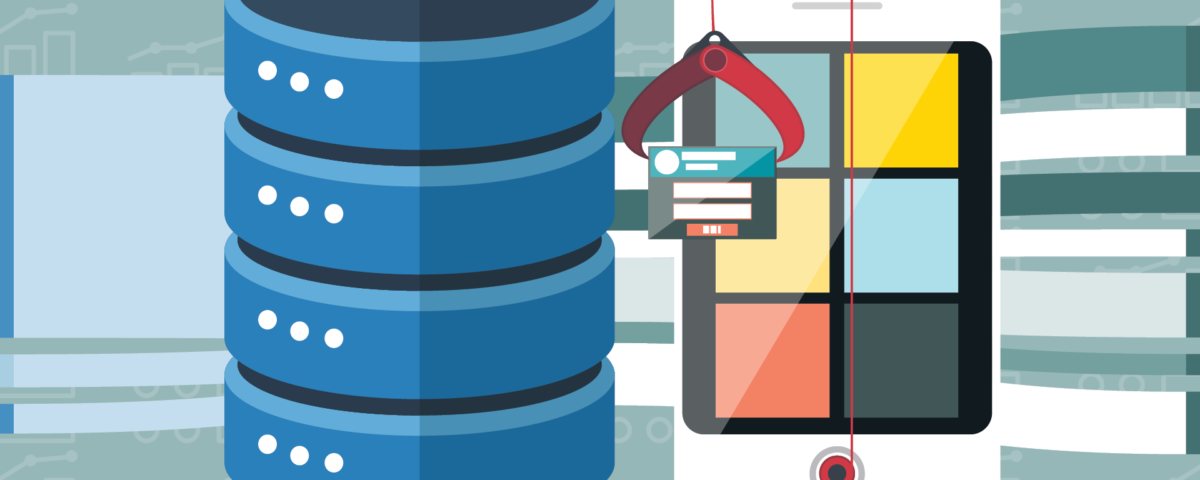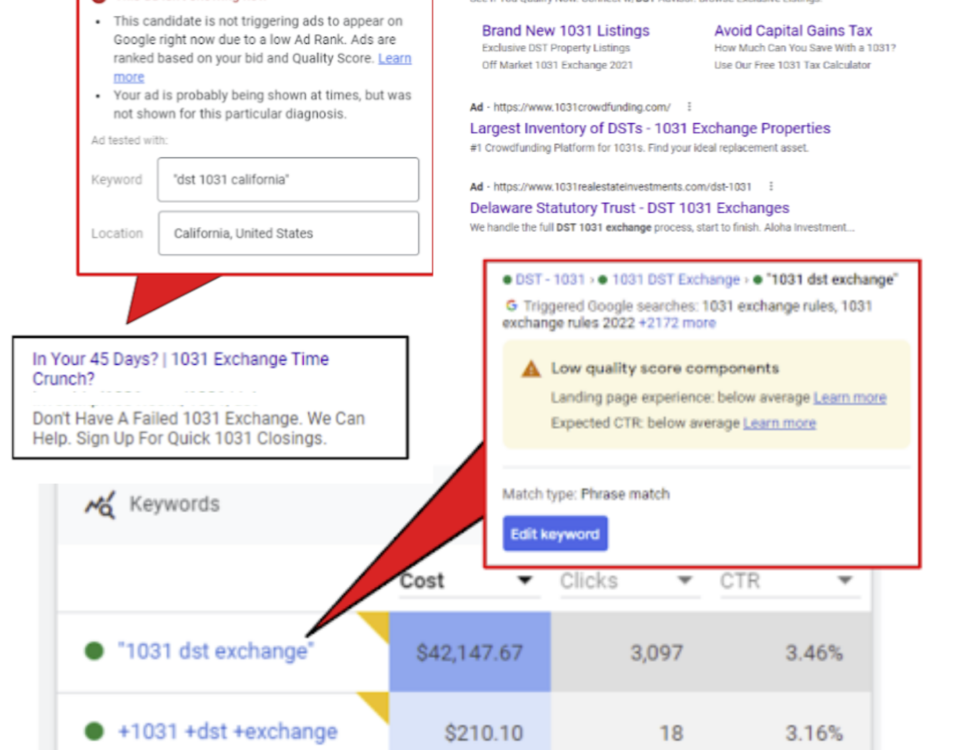
The Next Big Thing in TV: Connected TV Ad Targeting Produces Better Results
August 22, 2019
Pitfalls of the Big Idea: A Roadmap to Success (Pt 1)
November 18, 2019More Accurate Targeting in a Big Data World: First-Party Data & Data Modeling

A few weeks ago, we explored a new targeting tool – Connected TV ad targeting. Today, we will the importance of first-party data targeting and data modeling. More than ever, marketers have access to vast amounts of data, gleaned from purchases, social media, and even machine-to-machine transactions. Armed with the right strategies–namely, using first party data in conjunction with data modeling–brands and businesses can use big data to expand their audiences and more importantly, target consumers who are most likely to buy their product or service.
First Party Data – The Foundation for Successful Targeting
“Big data” has exciting implications, but it’s important to filter the kind of data you’re receiving in order to maximize outcomes. Third party data can be rented or purchased from large data companies, while second party data might be gathered from platforms such as Facebook and Amazon.
First party data is the cream-of-the-crop data that you’ve collected yourself. It’s generally gathered from customers who have ordered products or services from you, or from tracking pixels on your own website that allow you to “follow” your site visitors around the web with targeted ads.
You might also have gathered first-party data from offering a promotional discount, deploying a lead gen campaign, or even from a more rudimentary collection of information (such as a paper sign-up).
Data Modeling with First Party Data for Laser-Specific Look-alike Audiences
While all three types of data can be useful to marketers, only first party data can serve as the foundation to a highly targeted, accountable campaign.
Data modeling uses your first party data to create highly specific, targeted look-alike audiences of prospects who are most likely to become your customers.
By sifting through vast amounts of transactional data, data modeling companies are able to identify consumers who behave and purchase just like your very best, most responsive customers.
These points of data might include past purchases, purchasing habits, subscriptions, income, demographics, club memberships, and more.
To Get More Customers and Pay Less for Them, Keep Reading
By focusing only on the top prospects–or deciles–you can ratchet up response rates and promote less to segments who are least likely to purchase. You’ll generate at least as many customers as you had prior to modeling, by promoting to a narrower, more cost-effective audience.
BlueStorm’s data modeling experts can help you use your first party data to create outstanding response and reduce costs. Click on the red button below to schedule a call with me and get started on generating powerful new prospects for your brand or business.


